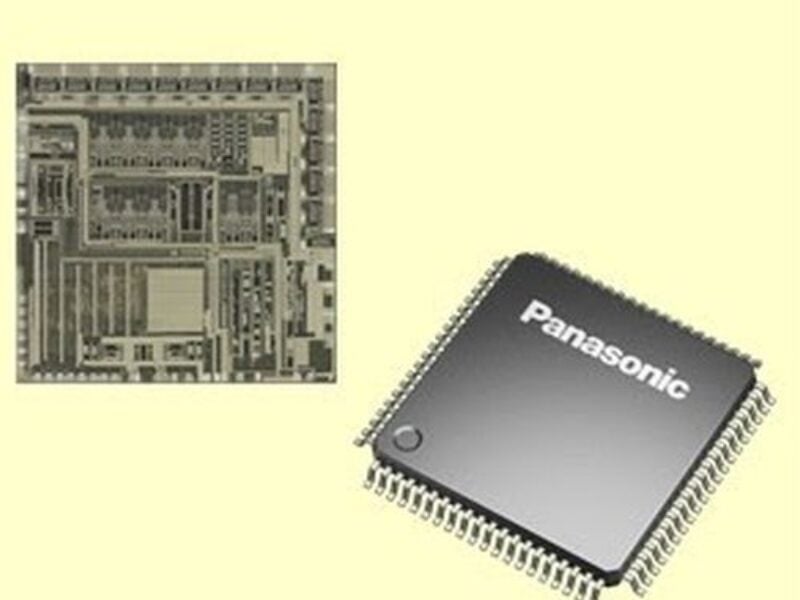
Battery management tech measures electrochemical impedance
The technology is expected to be applied to various devices that use lithium-ion battery modules with many battery cells stacked in series and to future vehicles. The technology was developed in collaboration with Professor Masahiro Fukui of Ritsumeikan University.
The company developed a new battery monitoring IC (BMIC) test chip, measurement algorithm, and software, while Ritsumeikan University evaluated the performance using actual batteries. The newly developed battery management technology makes it possible to measure electrochemical impedance using the AC current excitation method for lithium-ion stacked battery modules that are installed in operating devices. Furthermore, this technology aims to enable the evaluation of residual value by way of a deterioration diagnosis and failure estimation based on an analysis of acquired measurement data.

Conventional electrochemical impedance spectroscopy is widely used as a non-destructive method for evaluating lithium-ion batteries, but this method requires an application specific measuring instrument and a large thermostatic chamber that keeps the temperature of the battery constant. It also required to measure each cell in the laboratory.
A conventional BMIC measures the individual battery voltage of 6 to 14 lithium-ion battery cells stacked in series. Multiple BMICs are used to acquires battery cell voltage data from several up to 200 cells connected in series, monitors the battery, and ensures its safe use.
The newly developed BMIC test chip has a built-in electrochemical impedance measurement function using the AC current excitation method in addition to these conventional functions. The electrochemical impedance measurement is achieved by 15 fully parallel analog / digital converters and an AC current excitation circuit with pulse modulation from 0.1 Hz to 5 KHz and a complex voltage / complex current conversion circuit built in the BMIC.
Therefore, the BMIC chip can measure the electrochemical impedance of a battery in operation without significantly changing the configuration of the current battery management software installed in the battery.
Ritsumeikan University and Panasonic developed a temperature correction technology that measures the temperature of the lithium-ion battery during the electrochemical impedance measurement, corrects the temperature change of the impedance to the standard temperature, and draws it on the Cole-Cole diagram. This makes it possible to accumulate Cole-Cole diagrams normalized to the standard temperature in the database even when the environmental temperature varies depending on the season and time.
Panasonic Semiconductor Solutions – www.panasonic.com
 If you enjoyed this article, you will like the following ones: don't miss them by subscribing to :
eeNews on Google News
If you enjoyed this article, you will like the following ones: don't miss them by subscribing to :
eeNews on Google News




